‘Is Geoff Dyer someone on your radar?’ inquired the courtly literary editor, inviting me to review this book. What a question! Envy is the writer’s sin, as everyone knows, and to a nonagenarian writer of my kind the very conception of Geoff Dyer, aged 57 and perhaps the most brilliantly original practitioner of his generation, figures green and large on any screen. Has he not won countless awards around the world? Has his work not been published, his publicists say, in more than 20 languages?
More than 20? More than 20! And White Sands, an elegant parade of his talents, tells me why. It is not quite like any other book, and frankly says so. Physically it is a lovely object, spare, clean, modernist, sans jacket, with an enigmatic sprinkling of illustrations and photographic endpapers showing Dyer walking thoughtfully into some sort of wet, sandy and rocky wilderness. It looks fascinating, and so, I can cautiously say for a start, are its contents.
I don’t know how to define the book. It is neither exactly fact, nor precisely fiction. Its subtitle suggests subliminal meanings, and Dyer himself can only say, in a prefatory note, that the work is ‘both the figure at the centre of the carpet and a blank space on the map’. Why travel? asks the book on its back cover, and the nine essays it contains are indeed loosely inspired by wide-ranging experiences of place: Cheltenham figures on the first page, Luxor on the last. They are not really travel essays, though. They are much more than that — far more the blank on the map than the carpet design.
Why travel into the Outside World? Dyer himself sometimes seems to wonder, in the course of these introspective wanderings. Take tourism. Almost at the start, when he goes to Tahiti to write about Gauguin, he finds it all so touristy that his welcoming garland of flowers might just as well be plastic, and the ocean itself seems manicured ‘as if were actually part of an aquatic golf course’. He responds by writing as untouristically as it is possible to write. Gauguin’s grave, he presently informs us, ‘merits a stop of about two minutes, max’, and he assures us that while the painter was trying to understand what was going on in Polynesian heads, he was also keen on getting their pants down.
So it goes, Dyer-style, but he is an artist, and what one might call ‘otherness’ keeps creeping in. Presently he is shown a miscellaneous pile of objects associated with Gauguin — broken bottles and jars: a load of old junk, in fact. ‘But we were pilgrims,’ he unexpectedly observes, and suddenly a different temper shows, ‘and these were relics, invested with all the majesty of Christ’s sandals.’ Perhaps this is the basic declaration of this work — that always, even in the most down-to-earth situations, there are things beyond.
What things? I was coming to that. As Dyer tells us, waiting bored stiff while our seatbelts are securely fastened, our seats in upright positions, we are just here to go somewhere else, and not all our journeys are going to be equally enjoyable, in literature as in life. Our trip with Dyer to Beijing’s Forbidden City turns out to be rather tedious; sometimes his intellectual conceits are too much for me. Sorry as I was to read about his stroke in California, I really wasn’t anxious to hang around much longer when he decided ‘to stick about forever, just to see what happens’.
On the other hand, an essay called ‘Space in Time’, for which I rather feared the worst, records an altogether fascinating visit to a place that might have been made especially for the exercise of his particular talents. Quemado’s sole reason for existence is ‘The Lightning Field’, an assembly of 400 stainless steel poles in the middle of the New Mexico desert, down the road from Pie Town, where a visionary called Walter De Maria planted them for visionary purposes in 1977. Dyer loves this Ozymandian, Stonehengeian kind of thing, and he writes marvellously about it. Surely only he would remark of that marshalled army of poles that it contained ‘an implicit absence of flags’, or say of the night stars themselves, in that silent desert place, that they ‘poured down all around our ankles’.
He determines that the placement of the poles refers to nothing but itself, and as if to emphasise this surprising conclusion, once away from Quemado he immediately plunges us into straightforward farce, on an outing to Norway with his wife to see the Northern Lights. Everything is comically frightful in this chapter — the place (‘frozen fucking hell-hole’, Mrs Dyer calls it), the price of everything (‘paralysing’), the climate, of course, (‘1,000 degrees below zero, not counting the windchill’), an appalling introduction to dog-mushing (90 yelping huskies, chained in an icy urine-stained and poo-stained compound). It is really very funny. Even the Lights themselves are a flop, and philistine that I am, I found it rather a relief to be without any symbolical intellectualism for a while.
Fear not, though, in no time we are searching for the California house of Teddy Adorno — you know, the man who explained Schoenberg’s 12-tone system to Thomas Mann, and who collaborated with Horkheimer on the Dialectic of Enlightenment — you must know the man! I scoff, but then again, while my responses to this collection have been varied, sometimes delighted, sometimes astonished, sometimes bored, sometimes lost, there is one chapter in it of such artistic mastery that I here and now acknowledge the work of Geoff Dyer, once and for all, to be forgivable cause for any writer’s jealousy.
It comes halfway through the book, but it is the title story, and although like all else in the work it purports to be reportage, it is really the nearest thing here to a classic short story. Its setting is US Highway 54, between Alamogordo and El Paso, its themes are trust, doubt and regret, and in my opinion it is an almost perfect example of the genre. It is just the right length. It is lucid, it is surprising, it is supremely human and it is fundamentally kind.
If Chekhov himself were to read this book, when he got to the chapter ‘White Sands’ even he would surely feel some fraternal tremor of envy.
The post The blank on the map appeared first on The Spectator.
Got something to add? Join the discussion and comment below.
Get 10 issues for just $10
Subscribe to The Spectator Australia today for the next 10 magazine issues, plus full online access, for just $10.
You might disagree with half of it, but you’ll enjoy reading all of it. Try your first month for free, then just $2 a week for the remainder of your first year.

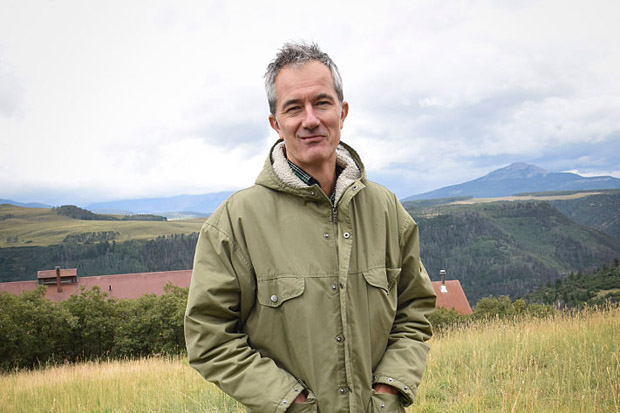
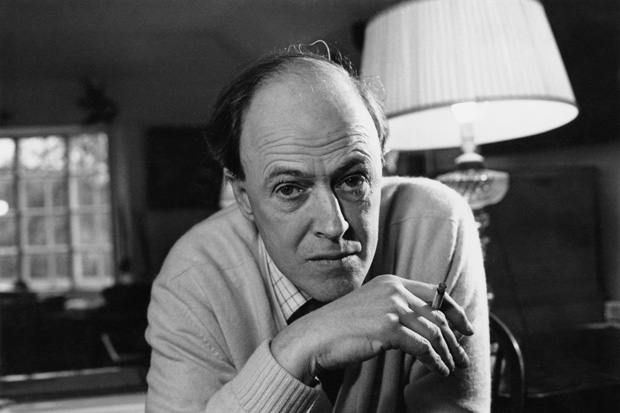
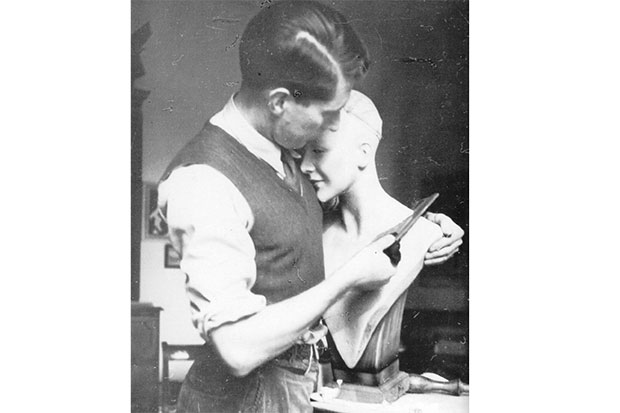
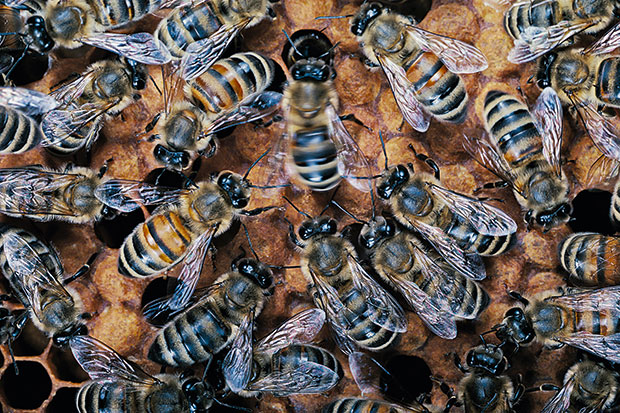

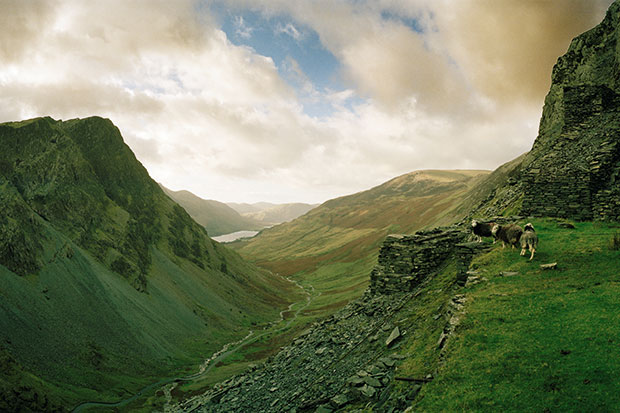
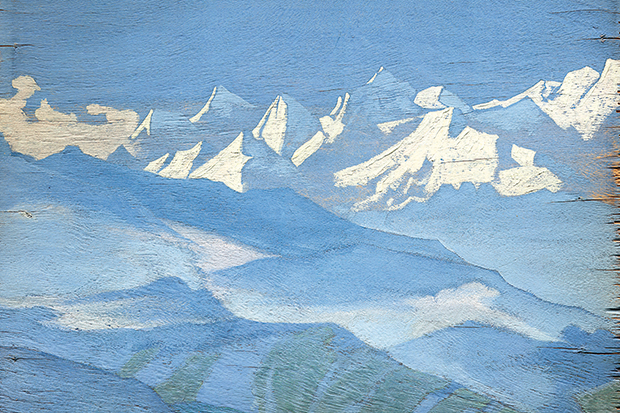






Comments
Don't miss out
Join the conversation with other Spectator Australia readers. Subscribe to leave a comment.
SUBSCRIBEAlready a subscriber? Log in